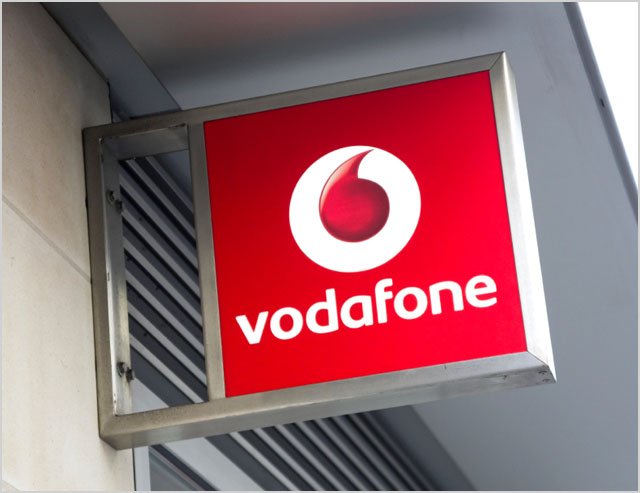blog Straight from the Vodafone catch-up files comes the news that the telco has finally gotten a service to market which the nation’s biggest telco Telstra launched back in June 2011 — high definition voice calling. A media release issued by the telco overnight tells us:
HD Voice delivers crystal-clear voice quality and suppresses background noise on calls made between customers using Vodafone’s network.
… Chief Network Officer Benoit Hanssen said while the launch of its wideband 4G network last week will continue to thrill data lovers, this 3G wideband technology innovation was one his team has introduced for the voice fans. “This feature will thrill those who love a chat. The sound is so clear it feels like you are standing next to the person you are calling even if you are thousands of kilometres apart.”
Hanssen says while mobile handsets have advanced considerably since they were introduced in Australia in 1987, voice technology has remained largely unchanged. “In addition to voice clarity, suppression technology significantly reduces any background noise between compatible devices making conversations on-the-go more effective,” said Hanssen. “So if you’re at a sporting match, on a train or in a crowd – you don’t have to speak loudly to make yourself heard by the caller,”
“Landlines are on the way out; they’re expensive and don’t suit the 21st century lifestyle. Features like HD voice will just further enhance the dominance of smartphone by making phone conversations sound more natural, making it easier for two callers to communicate clearly with the other.”
… HD Voice is made possible using state of the art technology known as Wideband Adaptive Multi-Rate coding (WB-AMR). The wider dynamic range means over twice the range of voice frequencies are transmitted allowing customers to hear the full range of a person’s voice and makes it much clearer to distinguish between similar sounds like ‘S’ and ‘F’.
WB-AMR uses the same network capacity to double the voice bandwidth (50 – 7000 Hz) compared to traditional mobile and fixed network calls which operate on a lower range of voice frequencies (300 – 3400 Hz). HD-voice calls will require the caller and receiver to be using compatible handsets on the Vodafone mobile network. Compatible devices include the iPhone5, Galaxy S2, 3 & 4, Sony Xperia Z & SP and Nokia Lumia.
Of course, Vodafone and Telstra aren’t the only major telcos in Australia — there’s also Optus. We can’t find a record of the SingTel subsidiary having launched HD voice in Australia, meaning it is possible that the big V has stolen a march on its upscale competitor on this one. Could it be that Vodafone is finally doing something better than Optus? Shock! Sounds like it’s time for Optus to pull its socks up. After all, call quality does count.


I hate to quote wikipedia, but .. Habitual speech average fundamental frequency ranges between 800–2000 Hz for men and women (http://en.wikipedia.org/wiki/Human_voice)
Or for general speech pattern frequencies .. http://project.phys.unsw.edu.au/swe/main.php
But rather to put this simply, unless you are attempting to send high (or at least higher) quality audio as audio over the phone lines this will make zero difference to the actual voice quality of a normal call.
Though I suppose putting HD voice in your ad looks good I suppose.
Trust me you can here the difference when you call and get wideband audio.
I’d be interested to see if there is IP interconnect to Telstra so you could make a wideband call between the carriers.
Doesn’t work between carriers, Vodafone to Vodafone only.
And yes, the difference is *extremely* noticeable. It actually sounds very strange at first – (almost scratchy) – but your ear eventually adjusts, and it’s beautiful quality. Most likely, we are so used to the shit quality of standard codecs, that our brains filter it for us, and it takes time to adjust.
I noticed this the other day you can definitely hear improved quality and detail in the other person’s voice. No doubt about it. Weirded me out a bit initially!
Definitely a big improvement in quality over standard voice. Finally something that is better on the Vodafone network.
Comments are closed.